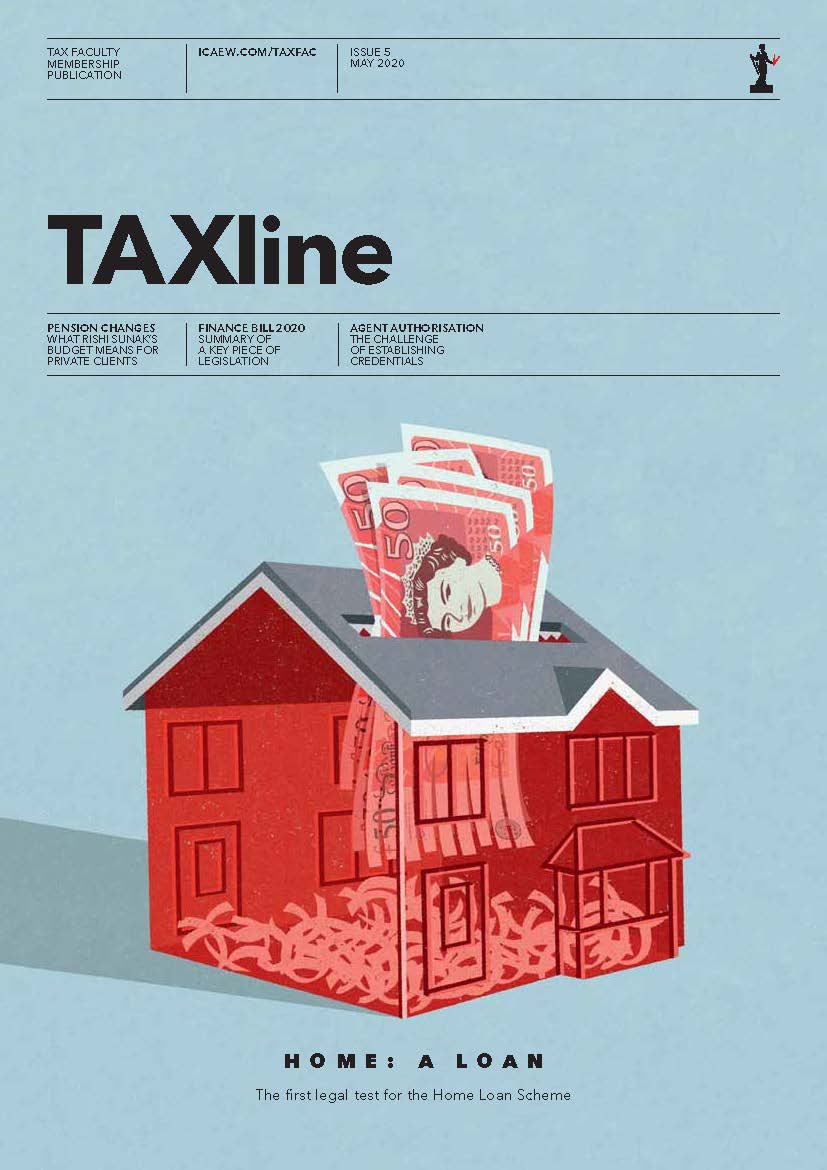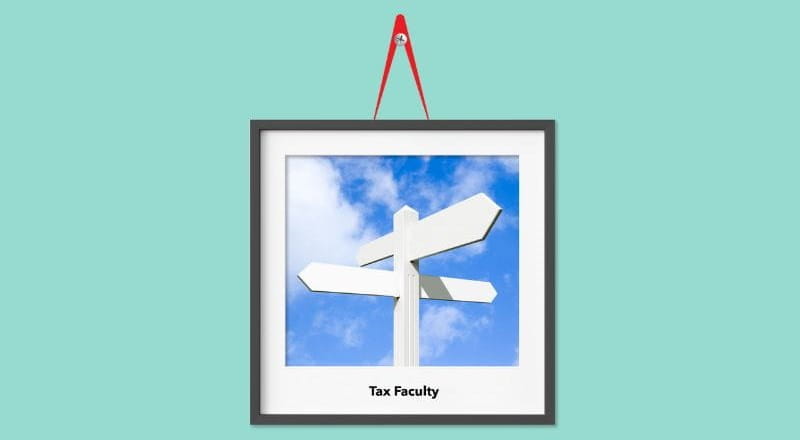HMRC’s latest pension schemes newsletter includes some timely reminders about lifetime allowance protection. It also includes changes to scheme pays reporting and payment deadlines, which were enacted in Finance Act 2022. As often with pensions, independent financial advice may be needed.
Public sector pensions
Public sector employees who hold a form of fixed or enhanced protection from lifetime allowance charges may need to act before 1 April 2022 if they want to avoid losing their protection.
In 2015, the government introduced new career average schemes to replace a range of existing public service pension schemes (commonly referred to as reformed pension). The transitional rules are about to expire. From 1 April 2022, all active members of public service schemes will accrue benefits under the reformed pension scheme.
Active members will lose their protection if they accrue benefits under the reformed scheme from 1 April 2022. To keep fixed or enhanced protection:
- individuals who have not yet joined the reformed scheme will need to opt out of joining that scheme by 1 April 2022; and
- individuals already in the reformed scheme will need to stop accruing benefits from 1 April 2022.
The transitional rules were found by the court to be discriminatory (the McCloud case). To remedy that discrimination, the government will return individuals to their legacy scheme for the period 1 April 2015 to 31 March 2022.
This will mean that individuals who originally lost their enhanced or fixed protection solely due to joining the reformed scheme (and not due to a subsequent action, such as benefit accrual) will have their protection reinstated.
This remedy will be implemented in 2023. HMRC will provide further guidance on what members need to do to reinstate their protection in due course.
Loss of lifetime allowance protection
Pension scheme members may need to inform HMRC if they lose their lifetime allowance protection.
Individuals who notified rights to enhanced protection to HMRC and who lose or give up this right should notify HMRC of this fact. If enhanced protection is lost because relevant benefit accrual has occurred, the individual must notify HMRC within 90 days of the occurrence (see HMRC’s Pensions Tax Manual at PTM092420).
Members are responsible for telling HMRC that their fixed protection no longer applies. The member must do this within 90 days of the loss of FP 2012.or FP 2014 and FP 2016, it is within 90 days of the day on which they could first reasonably be expected to have known they had lost their protection (see PTM093400).
Enhanced protection or any type of fixed protection can be lost if:
- new savings are made into a pension scheme;
- an individual is enrolled in a new workplace pension scheme;
- money is transferred between pension schemes in a way that does not meet the transfer rules;
- they have enhanced protection and, when they take their pension benefits, their value has increased more than the amount allowed in the enhanced protection tax rules – this is called ‘relevant benefit accrual’; and
- they have fixed protection and the value of their pension pot in any tax year grows at a higher rate than is allowed by the tax rules – this is called ‘benefit accrual’.
There is only one situation where a member’s individual protection can be reduced or lost altogether. This is if, after 5 April 2014 for IP 2014 or 5 April 2016 for IP 2016, they become subject to a pension debit as a result of a pension sharing order following their divorce. The deadline for notifying HMRC is 60 days from the date of the pension debit (see PTM094400).
Members must tell HMRC in writing if they think they’ve lost their lifetime allowance protection and must provide:
- their full name, address and national insurance number;
- the exact date that they lost protection;
- the reason why they lost protection (for example benefit accrual, auto enrolment);
- the type of pension arrangement (defined contribution or defined benefit);
- their original certificate (if they still have it); certificates were not issued for Individual Protection 2016 or Fixed Protection 2016.
Scheme pays rule changes
Changes to scheme pays, the process that allows individuals to require their pension scheme to pay their annual allowance charge in relation to an earlier tax year, are included in Finance Act 2022.
Previously, the scheme pays rule did not extend to charges arising from an increase in pension savings for a previous tax year. The deadline for members to make a request to the scheme administrator to meet the liability from their pension scheme had to be made by 31 July following the tax return deadline.
The new measure requires the scheme to pay the charge if it arises because of a retrospective change of facts. The charge is £2,000 or more, and an individual asks the scheme to pay it by the new deadline.
The new deadline for an individual to ask their pension scheme is the earlier of:
(a) three months from the pension scheme notifying them that they are liable to the annual allowance charge; and
(b) six years from the end of the tax year in question.
The measure therefore applies to all individuals that receive a retrospective amendment for the 2016/17 tax year onwards.
Tax Faculty
This guidance is created by the Tax Faculty, recognised internationally as a leading authority and source of expertise on taxation. The Faculty is the voice of tax for ICAEW, responsible for all submissions to the tax authorities. Join the Faculty for expert guidance and support enabling you to provide the best advice on tax to your clients or business.
More support on tax
ICAEW's Tax Faculty provides technical guidance and practical support on tax practice and policy. You can sign up to the Tax Faculty's free enewsletter (TAXwire) which provides weekly updates on developments in tax.
Sign up for TAXwireJoin the Tax Faculty


